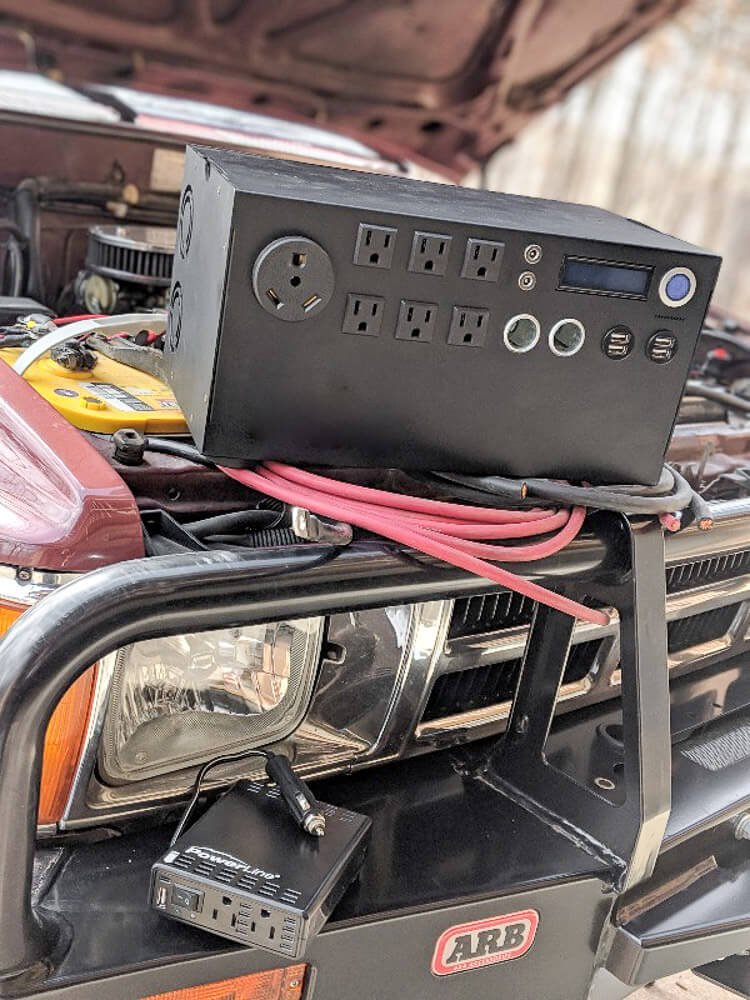- Joined
- Dec 7, 2012
- Messages
- 3,558
I want to add a 2nd battery to my 2005 Tahoe. We plan to do a lot of 4 wheeling (ATVs), camping off the grid, etc. Truck is NOT our primary electrical source, however, the extra battery capacity would not hurt for different items.
Truck already has a place for it that can be populated with the 2nd battery and corresponding wiring.
I want to connect these in parallel, hot to hot, ground to ground, effectively doubling my system reserve and CCA -- well two batteries worth. I have seen some online who do this have isolators installed and am not sure why.
Am I missing anything here on my hookup? Do they have an isolator to potentially ALWAYS keep one battery Good/Charged if they accidently drain their main? I guess I don't see the need.
Additionally, that isn't any harder on my alternator, right? The way I'm interpreting this is that it would, in theory, just act like a bigger battery.
Truck already has a place for it that can be populated with the 2nd battery and corresponding wiring.
I want to connect these in parallel, hot to hot, ground to ground, effectively doubling my system reserve and CCA -- well two batteries worth. I have seen some online who do this have isolators installed and am not sure why.
Am I missing anything here on my hookup? Do they have an isolator to potentially ALWAYS keep one battery Good/Charged if they accidently drain their main? I guess I don't see the need.
Additionally, that isn't any harder on my alternator, right? The way I'm interpreting this is that it would, in theory, just act like a bigger battery.

